June Foraging
As spring fades and summer takes the reins, the British countryside bursts into life with colour, scent, and edible abundance. June is the month when foraging becomes more of a sensory experience — flowers bloom, bees hum, and nature offers up both beauty and flavour in equal measure.
If May felt like a gentle nudge into foraging season, June is the full embrace. This month, we step away from the hedgerow finds and focus on new, seasonal treasures , including honeysuckle, wild rose, white mustard , and more. Whether you’re snipping petals for syrup or collecting leaves for tea, June’s bounty is about fragrant florals, bold greens, and moments of peace in nature’s kitchen.
Here’s what to look for…
1. White Mustard (Sinapis alba)
Where to Find ItLook for white mustard in open, disturbed ground such as the edges of fields, paths, and construction sites. It’s common in nutrient-rich soil and areas that have been recently tilled.
What to Pick
The young leaves, flower buds, and later in summer, the seed pods. Leaves are at their best before flowering, when they’re peppery and tender.
How to Use It
Salads: Add the young leaves for a rocket-like kick.
Pickling: Use the seeds in brines or toast them to release their flavour.
Mustard: Grind seeds with vinegar and a pinch of sugar to make your own condiment.
Health Benefits
White mustard is rich in glucosinolates, which may support liver health and have anti-inflammatory properties. The seeds can aid digestion and help clear respiratory congestion.
Storage
Leaves are best used fresh but can be kept in the fridge for up to 3 days. Seeds can be dried and stored in an airtight container for up to a year. Flowers can be dried for later use in teas or infusions.
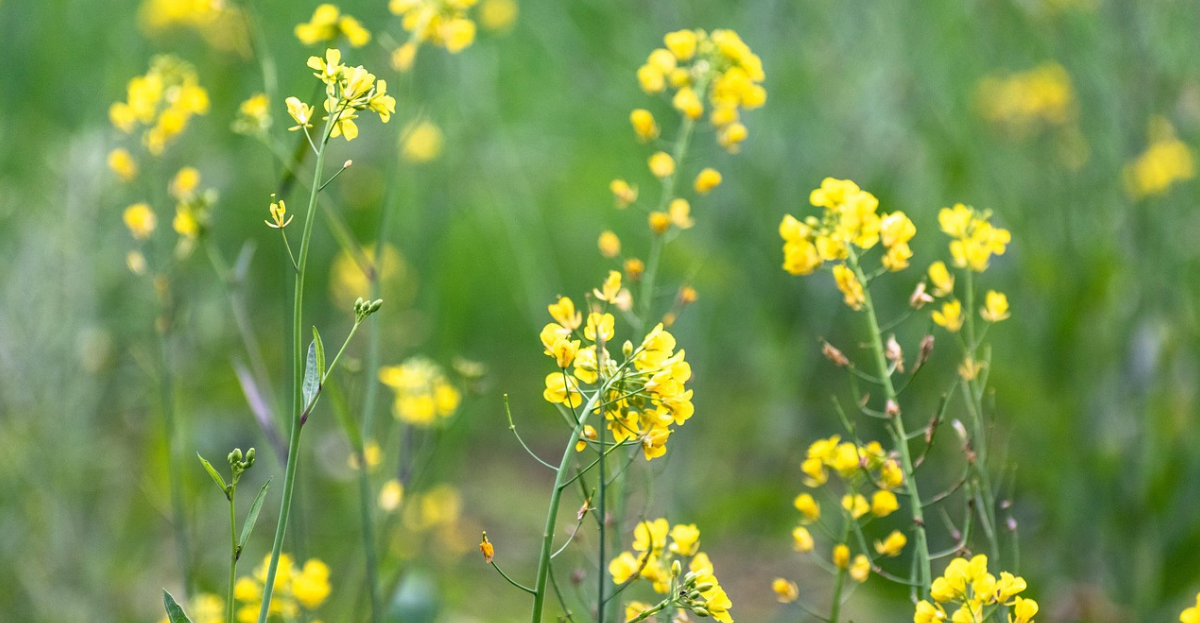
2. Honeysuckle (Lonicera periclymenum)
Where to Find It
Found twining through hedgerows and climbing trees in woodlands, honeysuckle blooms in June and fills the evening air with its unmistakable scent.
What to Pick
The freshly opened, creamy-yellow to pink flowers. Avoid older blooms and never pick the berries — they are toxic.
How to Use It
Syrup: Infuse flowers in sugar syrup for cordials or cocktails.
Tea: Steep in hot water for a soothing floral tea.
Vinegar: Add to white wine vinegar for a fragrant dressing.
Health Benefits
Traditionally used in Chinese medicine to treat fevers and sore throats, honeysuckle has anti-inflammatory and antiviral properties. It’s also calming and cooling.
Storage
Use fresh or dry the flowers for later use. Store dried blooms in a paper bag or jar away from sunlight.
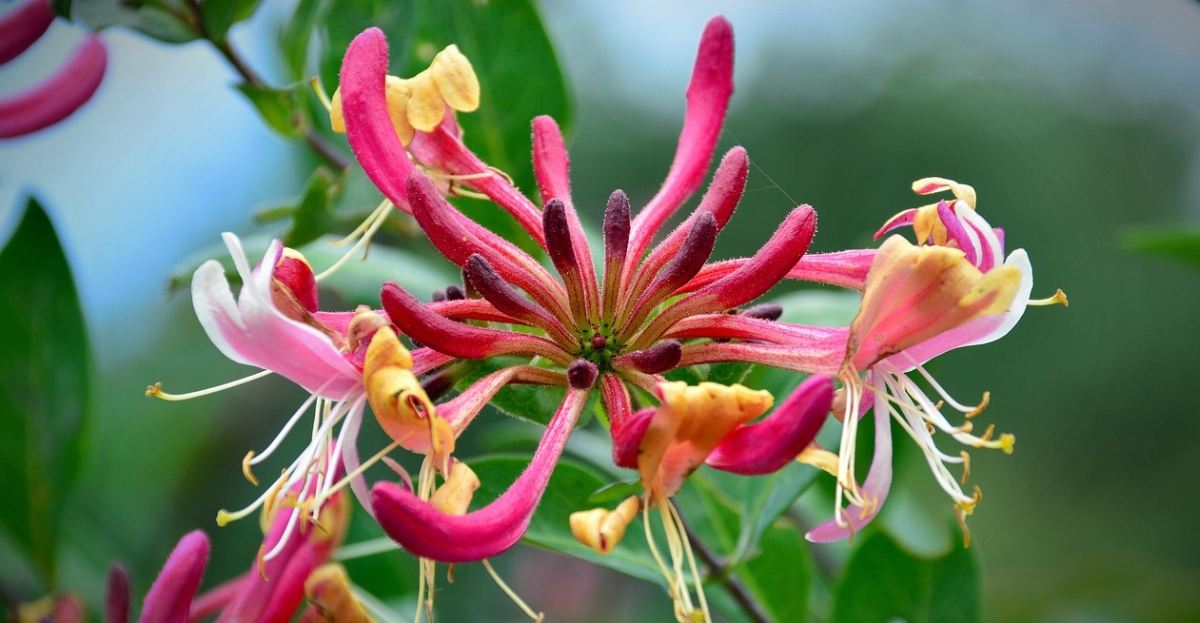
3. Wild Rose (Rosa canina, Rosa rugosa)
Where to Find It
Common along hedgerows, paths, and sunny woodland edges. June brings a flush of open blooms, from pale pink to deep magenta, often accompanied by a heavenly scent.
What to Pick
The soft petals (not the whole flower), ideally from just-opened blooms. Avoid picking petals from heavily insect-visited or fading flowers.
How to Use It
Syrup or Cordial : Infuse petals in sugar syrup.
Desserts : Sprinkle on cakes or fold into whipped cream.
Infused Oil : Use dried petals in almond oil for a natural skincare blend.
Health Benefits
Wild rose petals are mildly astringent and soothing to skin and digestion. Their scent is also uplifting and relaxing.
Storage
Use petals fresh or dry them flat in a cool, shaded area. Store in an airtight jar for several months.
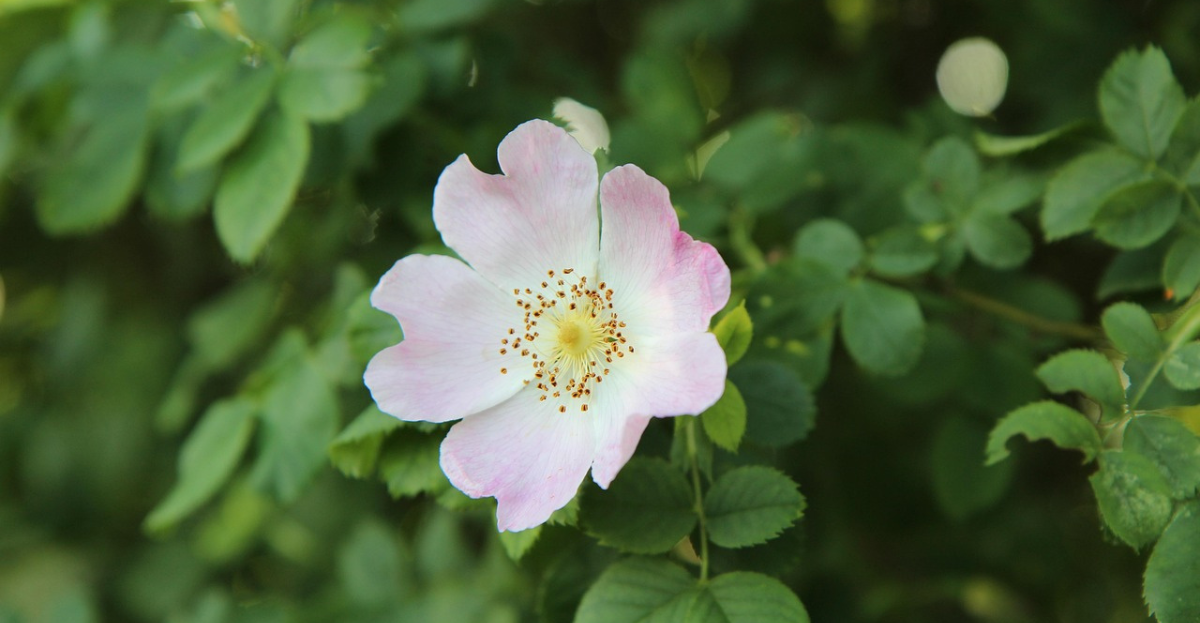
4.Meadowsweet (Filipendula ulmaria)
Where to Find It
Grows in damp meadows, riverbanks, and marshy areas. Look for tall stems topped with creamy-white, fluffy flower heads.
What to Pick
The flowers, ideally before they start to fade. Young leaves can also be used but are more bitter.
How to Use It
Infusions : Use in syrups, teas, or panna cotta.
Mead: Traditionally used to flavour fermented drinks.
Custards: Infuse cream or milk with flowers for dessert bases.
Health Benefits
Rich in salicylates (a natural aspirin), meadowsweet has anti-inflammatory and pain-relieving effects. It’s often used for headaches and joint pain.
Storage
Best dried on a rack in a cool room. Store flowers in jars and use within 6–12 months.
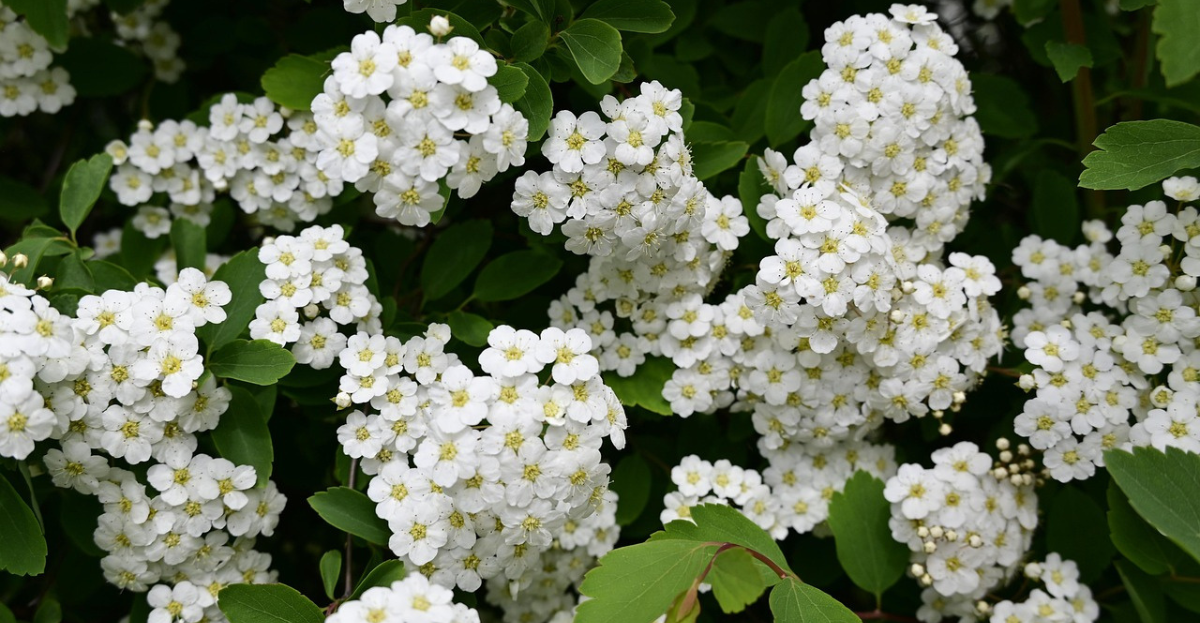
5. Lime Tree Flowers (Tilia spp.)
Where to Find It
Lime trees (also known as linden) line many parks and streets. In June, their yellow-green flowers bloom and fill the air with a gentle honey-like aroma.
What to Pick
Pick the flowers and their papery bracts as they open. Choose fresh blooms, avoiding any with browning edges.
How to Use It
Tea: Infuse for a calming bedtime drink.
Syrup: Use in cocktails or desserts.
Bath soak: Add to hot water for a relaxing bath.
Health Benefits
Known for its calming, antispasmodic, and anti-inflammatory properties. Often used to help with anxiety, colds, and digestive discomfort.
Storage
Dry quickly to preserve their delicate fragrance. Keep in a dark glass jar or paper bag.
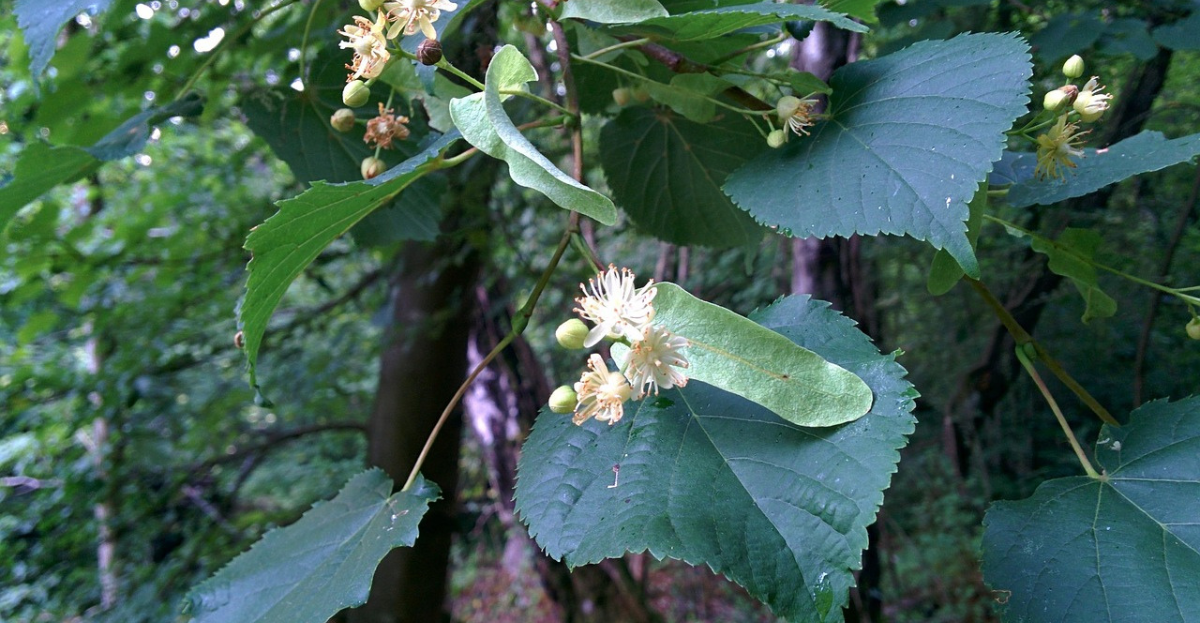
6. Mallow (Malva sylvestris)
Where to find itGrows in wastelands, roadsides, and field edges. Look for clusters of striking purple flowers and gently lobed leaves.
What to PickYoung leaves and open flowers. The leaves are mucilaginous and soft; the flowers delicate and edible.
How to Use It
Salads: Add flowers for colour and texture.
Poultices: Crush leaves to soothe bites or irritated skin.
Infusions: Use in herbal teas to calm sore throats.
Health Benefits
Mallow is soothing and anti-inflammatory. The mucilage helps protect mucous membranes, making it ideal for digestive and respiratory issues.
Storage
Use fresh or dry in small bundles. Keep dried material in sealed containers away from light.
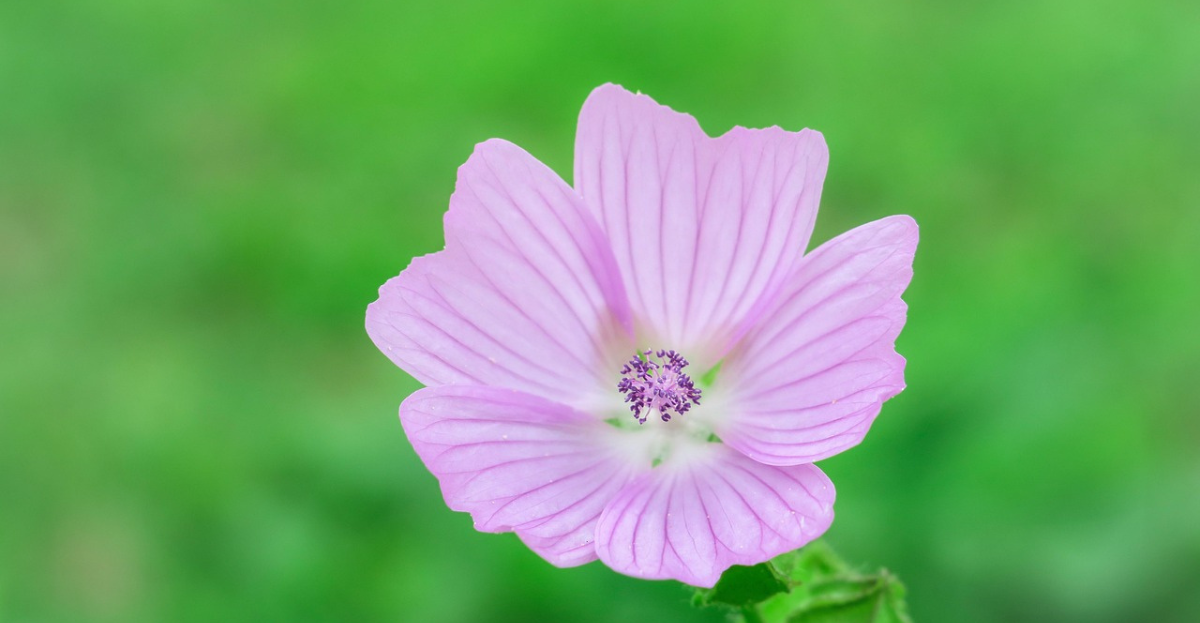
7.Wood Sorrel (Oxalis acetosella)
Where to Find ItThrives in shady woodland floors and mossy banks, especially under beech and oak trees. Easy to spot with its three heart-shaped leaflets.
What to Pick
The bright green leaves and small white or pale pink flowers. Use sparingly due to oxalic acid content.
How to Use It
Salads: Adds a lemony zing.
Garnish: Beautiful atop fish dishes or summery soups.
Wild sorbet: Blend with sweet fruits and freeze.
Health Benefits
Refreshing and high in vitamin C, but best used in moderation. Avoid large quantities if you have kidney issues or are prone to stones.
Storage
Best eaten fresh. Does not dry or store well.
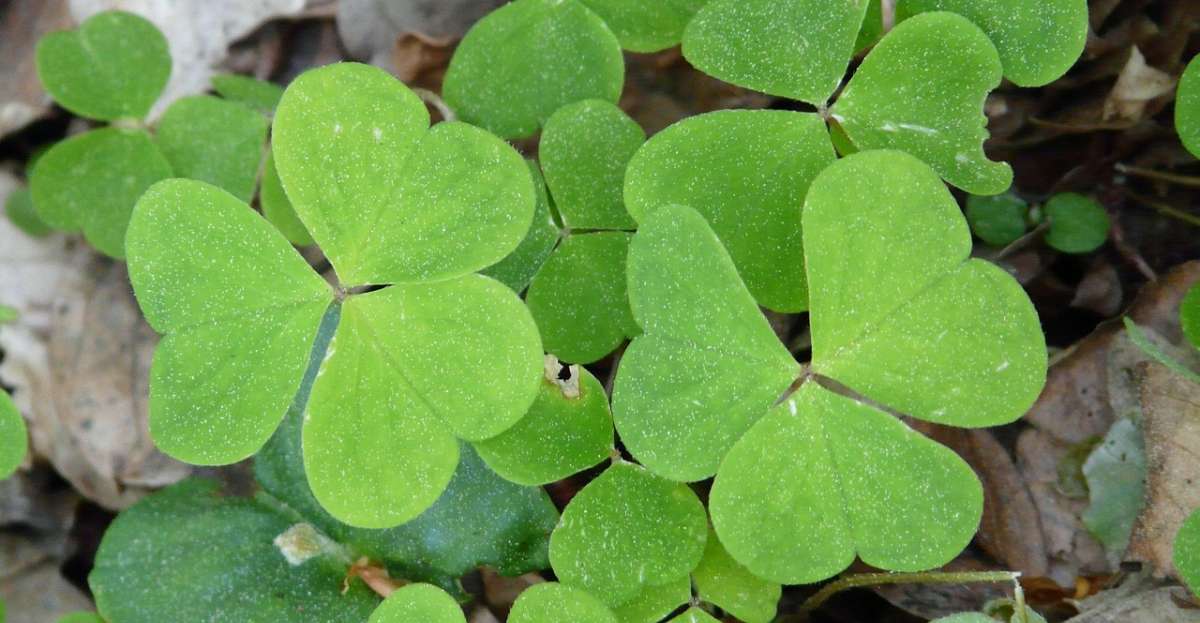
Final Thoughts
June is a generous month for foragers. With longer days, warmer weather, and plants in full bloom, it’s the perfect time to slow down and reconnect with nature. Whether you’re wandering woodland paths, exploring field edges, or simply noticing what’s growing near a local footpath, there’s an abundance of edible and medicinal plants waiting to be discovered — from the fragrant honeysuckle winding through hedgerows to the peppery bite of white mustard leaves.Foraging isn’t just about food; it’s about awareness, appreciation, and sustainability. As always, remember to forage responsibly: take only what you need, never uproot whole plants, and make sure you’re confident in your identification. With a basket in hand and a little curiosity, you’ll find that nature has more to offer than meets the eye.
Happy foraging!
April is a time of abundance in the wild, with many plants at their peak for foraging. By foraging responsibly, you can enjoy the flavours of the season while supporting local ecosystems and ensuring that these plants continue to thrive. So, grab your basket, head out into the fresh spring air, and discover the bounty nature has to offer!
